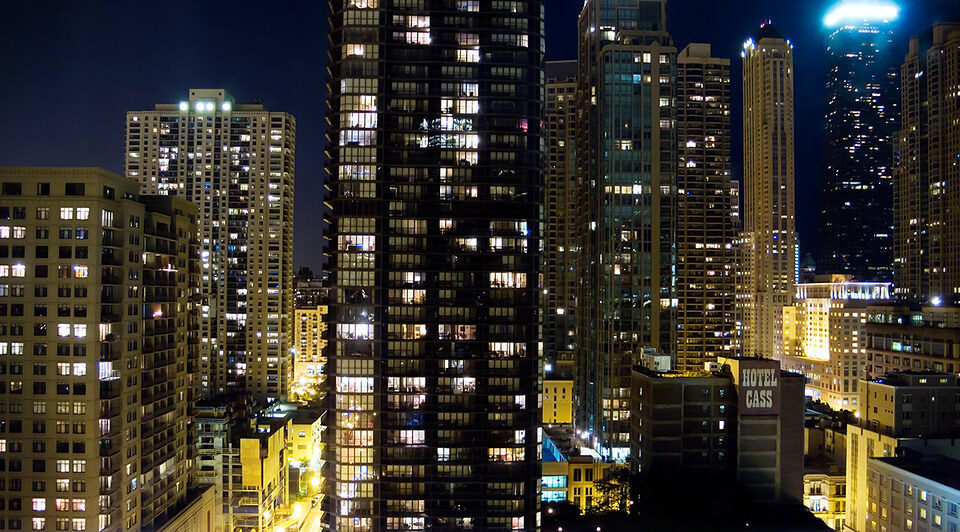Most of us are familiar with air pollution, water pollution, soil pollution, and noise pollution. But it turns out that light can also be a pollutant as well.
Light pollution is a consequence of industrial civilization. Sources of light pollution include building interior and exterior lighting, advertising billboards, factories, commercial properties, streetlights, and sporting venues.
According to findings in a new report from the University of Exeter, artificial nighttime lighting has a wide range of effects across the natural world and should be limited wherever possible. The research team analyzed more than 100 studies and found that artificial lighting has widespread impacts on both animals and plants.
In the study, which was funded by the Natural Environment Research Council in the U.K., researchers consistently found changes to animals’ bodies and behavior as a result of artificial lighting. In particular, levels of the sleep cycle-regulating hormone melatonin were reduced by exposure to artificial lighting at night in all animal species studied.
Exposure to artificial nighttime lighting also affected the timing of animals’ activities. For rodents, which are largely nocturnal, the duration of activity was often reduced by exposure to nighttime lighting. On the other hand, for diurnal birds, exposure to nighttime lighting led to an extension of the duration of their activities.
Previous studies have found other wide-ranging impacts of nighttime lighting, from reducing pollination by insects to trees budding earlier in spring.
Artificial nighttime lighting is human driven and very disruptive to the natural world. While there’s no off switch for the planet, we could reduce the amount of light pollution drastically with no impact on our lives.
**********
Web Links
Artificial night lighting has widespread impacts on nature
Photo, posted July 29, 2017, courtesy of spacedust2019 via Flickr.
Earth Wise is a production of WAMC Northeast Public Radio.
